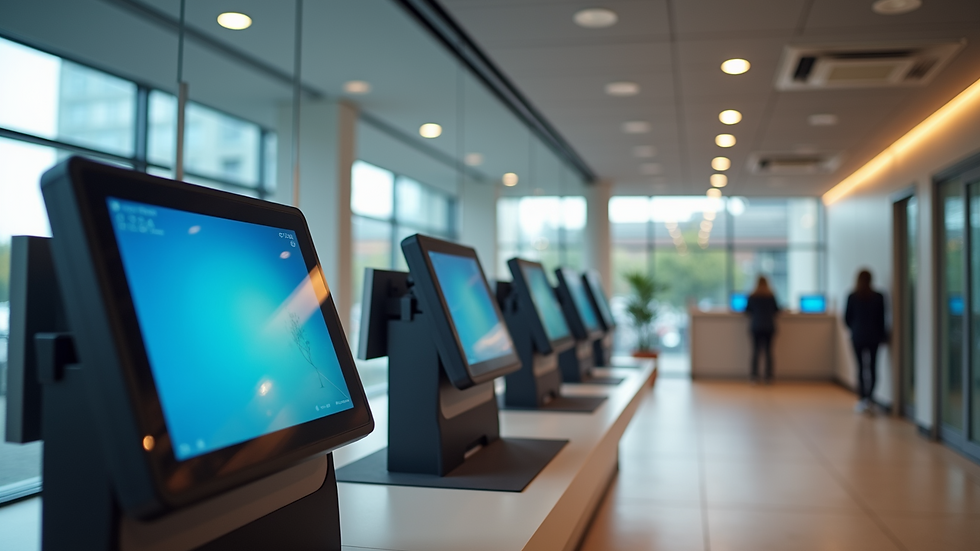The Rise of Akira Ransomware: A $42 Million Cyberthreat
- Sergiu Marias
- Apr 22, 2024
- 2 min read

In the rapidly evolving landscape of cybersecurity threats, the Akira ransomware gang has distinguished itself as a formidable adversary. Emerging in March 2023, Akira quickly escalated its operations to target over 250 organizations globally, amassing approximately $42 million in ransom payments within a year. This cybercriminal group has inflicted significant damage across North America, Europe, and Australia, targeting a wide range of industries and critical infrastructure entities.
Sophisticated Attack Strategies
Akira's operators deploy a sophisticated array of tactics to infiltrate their targets. Initially focusing on Windows systems, they expanded their arsenal to include a Linux variant aimed at VMware ESXi virtual machines, a common platform in enterprise environments. Their method involves exploiting known vulnerabilities, particularly in Cisco products, and leveraging spear-phishing, remote desktop protocols, and stolen credentials to gain initial access. Once inside, they disable security software to avoid detection, move laterally across the network, and exfiltrate sensitive data before encrypting it to maximize their leverage over the victims.
Encryption Techniques and Impact
The ransomware uses a hybrid encryption scheme combining the ChaCha20 stream cipher with RSA public-key cryptosystem, tailoring its approach based on the file type and size. This results in either full or partial encryption, significantly complicating recovery efforts for the affected organizations. Akira's encryptor tool shows advanced capabilities, allowing the threat actors to execute commands that enhance the encryption process's speed and efficiency.
Defensive Measures and Recommendations
In response to Akira's threat, cybersecurity agencies including the FBI, CISA, Europol, and the Netherlands' National Cyber Security Centre have issued advisories urging organizations to adopt robust security measures. These include enforcing multifactor authentication, regularly updating software, and conducting thorough vulnerability assessments. Additionally, organizations are advised to implement strong incident response strategies that include comprehensive backup and recovery plans.
Real-World Impact and Responses
High-profile victims of Akira include major companies and educational institutions like Nissan Oceania and Stanford University, demonstrating the ransomware's broad reach and severe impact. In one detailed instance, BHI Energy explained how they mitigated the effects of an Akira attack by leveraging backups and enhancing their security protocols, avoiding the need to pay the ransom.
As Akira continues to evolve its tactics, it's crucial for organizations to stay vigilant and proactive in their cybersecurity practices. The ongoing collaboration between international cybersecurity agencies and the private sector is vital in developing strategies to mitigate these sophisticated ransomware threats.
For those looking to stay ahead of such cybersecurity challenges, understanding the dynamics of ransomware operations like Akira is essential. The concerted efforts to strengthen cyber defenses can help safeguard sensitive information and critical infrastructure from these disruptive attacks.




Comments